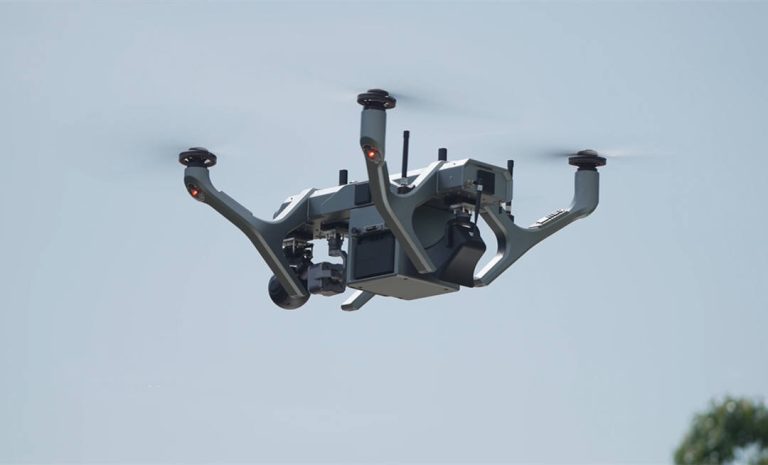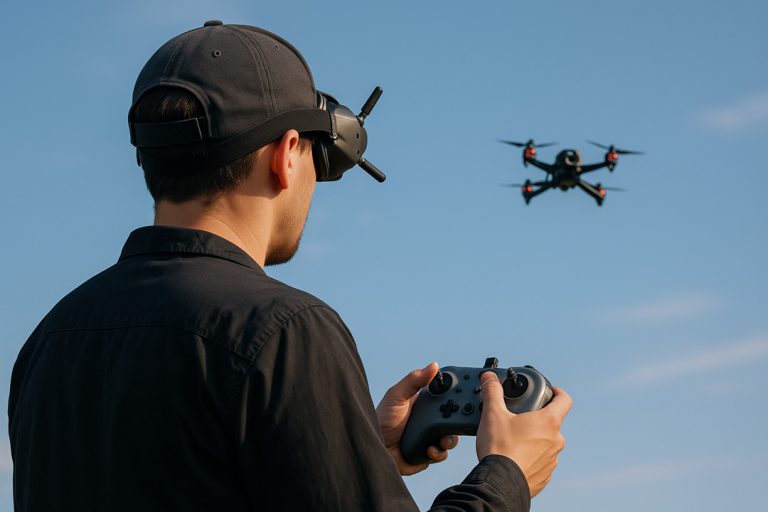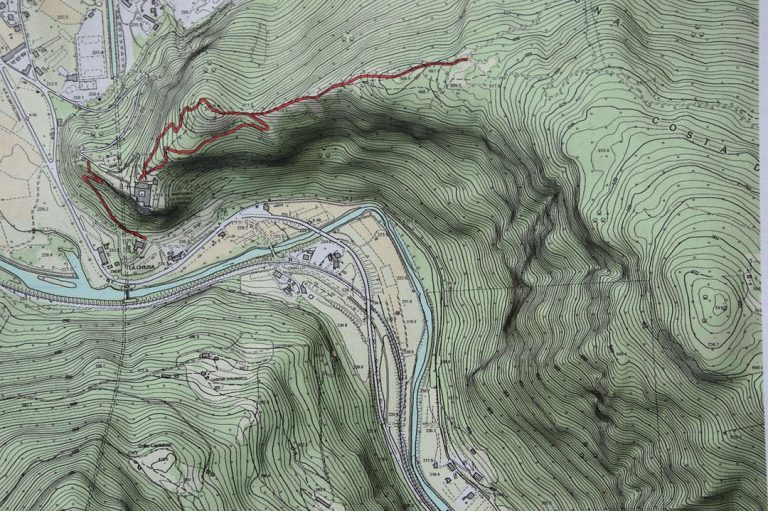Perimeter Security: Types, Benefits, and Best Practices
In today's world, protecting your property, people, and assets is paramount.
Perimeter security systems are the first line of defense, safeguarding buildings, campuses, critical infrastructure, and surrounding facilities from unauthorized access, theft, vandalism, and other security threats.
While physical barriers like fences and gates form the backbone of perimeter security, a truly effective system goes beyond just brick and mortar.
Modern perimeter security solutions combine these physical deterrents with active electronic components. These advanced systems detect, analyze, and enable a swift response to any intrusion attempts.
In this article, we’ll explore the different types of perimeter security systems, their benefits, and how they can improve security responsiveness for a wide range of sites and buildings.
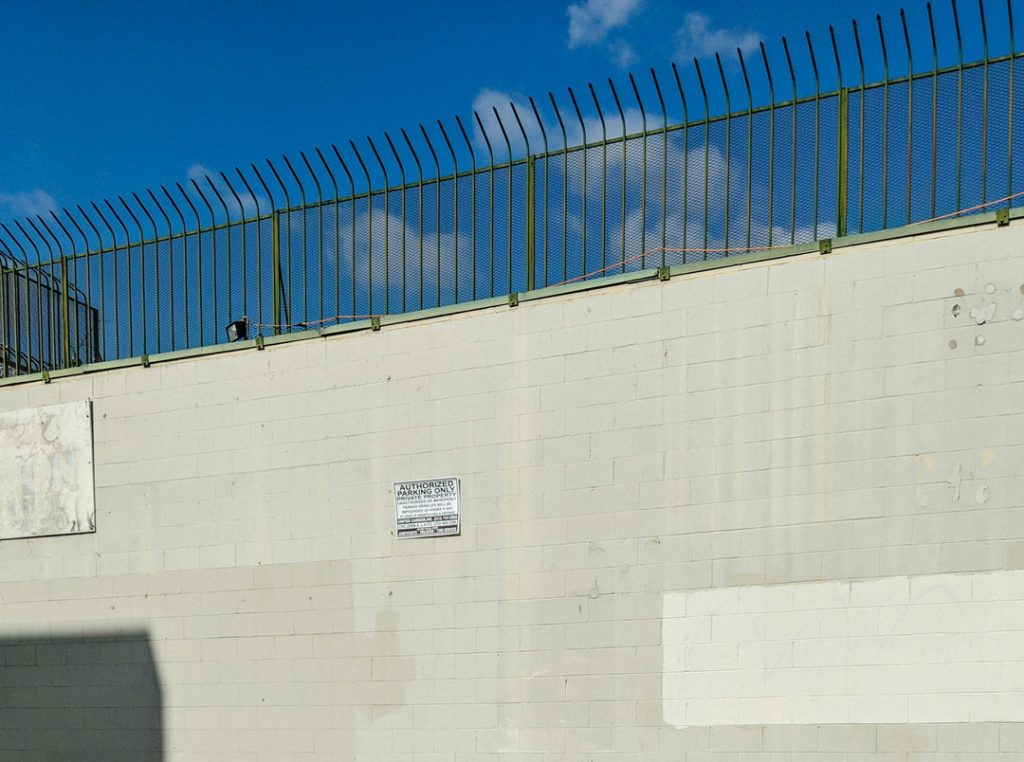
Benefits of Adding Perimeter Security
By investing in perimeter security measures, you can reap a multitude of benefits that enhance safety, privacy, and overall property value. Here are some of the most notable advantages:
Deterrence of Intruders
Studies have shown that the presence of perimeter security can significantly deter intruders. For instance, a study conducted by the National Crime Prevention Council found that properties with fences were 30% less likely to be targeted by burglars compared to those without.
Additionally, electronic surveillance systems, such as CCTV cameras, can act as a powerful deterrent. Research by the American Security Council revealed that 75% of homeowners who installed CCTV cameras reported a decrease in attempted break-ins.
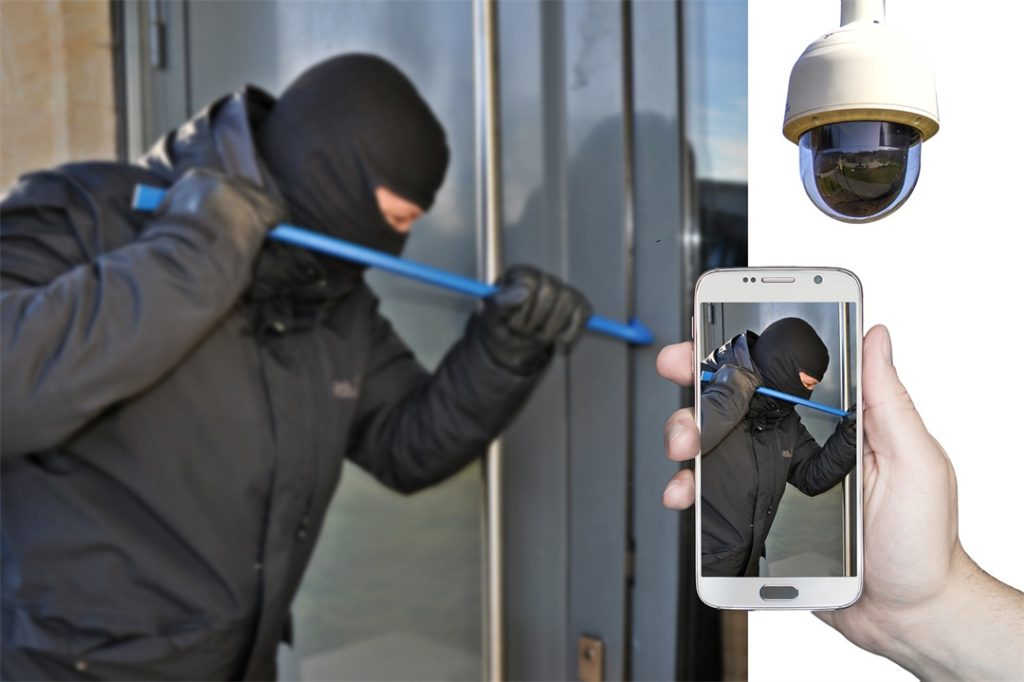
Improved Privacy
Perimeter security fencing offers a reliable way to enhance privacy on your property. By creating a physical boundary, you can limit the visibility of your outdoor spaces, ensuring that your personal activities remain private.
This is particularly valuable for homeowners who desire a peaceful and secluded backyard or for businesses that handle sensitive information.
Enhanced Safety
A secure perimeter is essential for creating a safe environment. According to the National Burglary Prevention Council, properties with perimeter security measures are 40% less likely to be the target of property crimes.
Furthermore, access control systems can help to prevent unauthorized access, reducing the risk of theft, vandalism, and other security breaches.
Lower Insurance Costs
Many insurance companies recognize the value of perimeter security and offer discounts to property owners who have implemented such measures.
For example, a study by the Insurance Information Institute found that homeowners with security systems, including perimeter fencing and surveillance, could save an average of 5% on their home insurance premiums.
Cost-Effective Security
While the initial investment in perimeter security may seem significant, it can be a highly cost-effective long-term solution.
A study by the National Association of Home Builders found that 80% of homeowners who invested in perimeter security reported that it had been a worthwhile investment, with many citing the benefits of increased safety and peace of mind.
Common Types of Perimeter Security
A robust perimeter security system typically involves a combination of physical barriers, electronic surveillance, and access control measures.
Perimeter Security Cameras
Strategically positioned video surveillance cameras are essential for monitoring vulnerable areas and detecting suspicious activity. Fixed cameras can provide continuous surveillance of specific areas, while panoramic cameras offer 360-degree coverage. High-resolution cameras with night vision capabilities ensure clear images in all lighting conditions, allowing for effective identification and evidence collection.
Key features of perimeter security cameras:
- Wide-angle coverage: Panoramic cameras provide 360-degree visibility.
- Low-light performance: Thermal cameras offer clear images in darkness.
- High resolution: Modern cameras can capture exceptional detail.
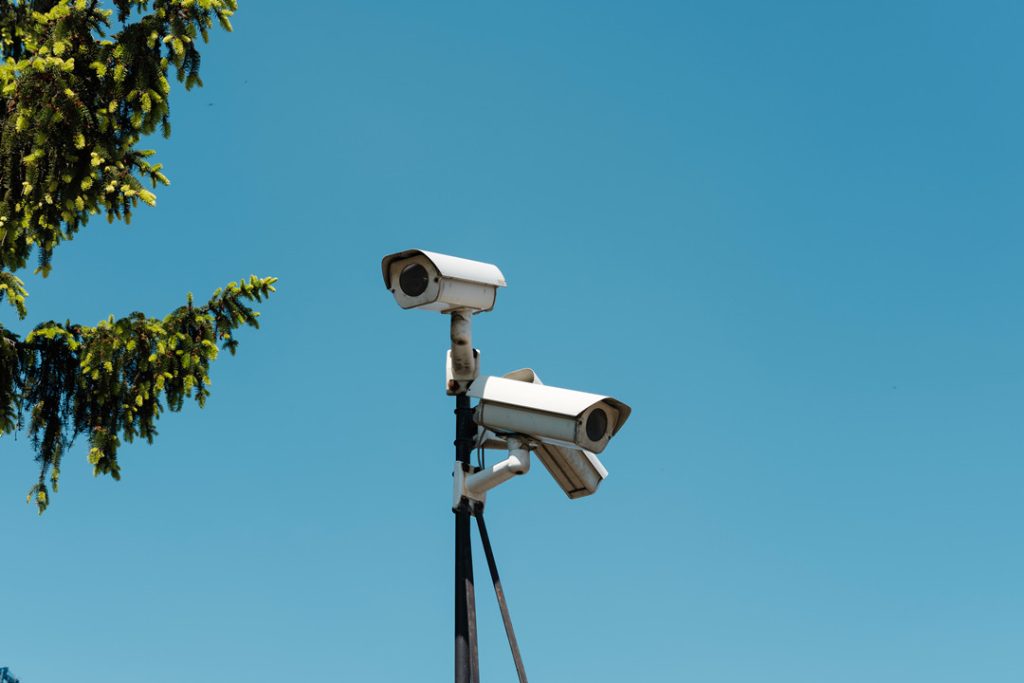
Perimeter Access Control
An access control system verifies the identity of individuals seeking to enter a property. It typically involves presenting credentials, such as cards or biometric data, to an access control reader. The system then validates the credentials against a database of authorized users and grants or denies access accordingly.
Key features of perimeter access control:
- Credential verification: Card readers, biometric scanners, and other methods for verifying identity.
- Remote access management: Cloud-based systems enable remote control of access points.
- Audit trails: Detailed records of access events for review and investigation.
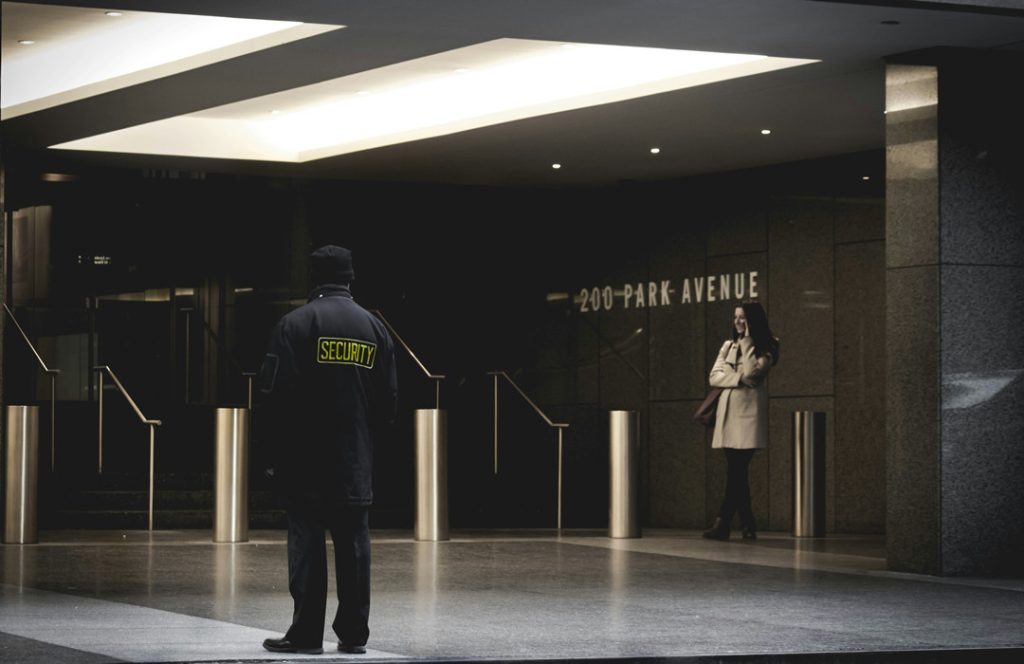
Security Perimeter Sensors
Sensors play a crucial role in detecting unauthorized movement or disturbances along the perimeter. They can be buried underground, mounted on walls or fences, or placed in strategic locations.
Common types of perimeter sensors:
Fiber optic detection systems: Detect changes in security barriers.
- Motion sensors: Detect movement using infrared technology.
- Vibration sensors: Detect vibrations on windows, doors, and gates.
- Microphone sensors: Detect sounds, such as intruders climbing a fence.
- Radar systems: Monitor large open areas for intruders or vehicles.
- Seismic sensors: Detect vibrations caused by attempted breaches.
Perimeter Alarm Systems
Perimeter alarm systems work in conjunction with sensors to alert security teams of potential threats. They can be triggered by various events, such as unauthorized access or disturbances.
Key features of perimeter alarm systems:
- Integration with other systems: Alarms can be connected to cameras, access control, and other security components.
- Real-time notifications: Alerts can be sent via hardwired links or the internet.
Physical Barriers
Physical barriers, such as walls, fences, gates, and bollards, form a physical deterrent to intruders. They can be combined with other security measures to create a multi-layered defense.
Common types of physical barriers:
- Fences: Chain-link, barbed wire, vinyl, or wood fences.
- Walls: Masonry or concrete walls.
- Gates: Controlled access points.
- Bollards: Removable barriers to restrict vehicle access.
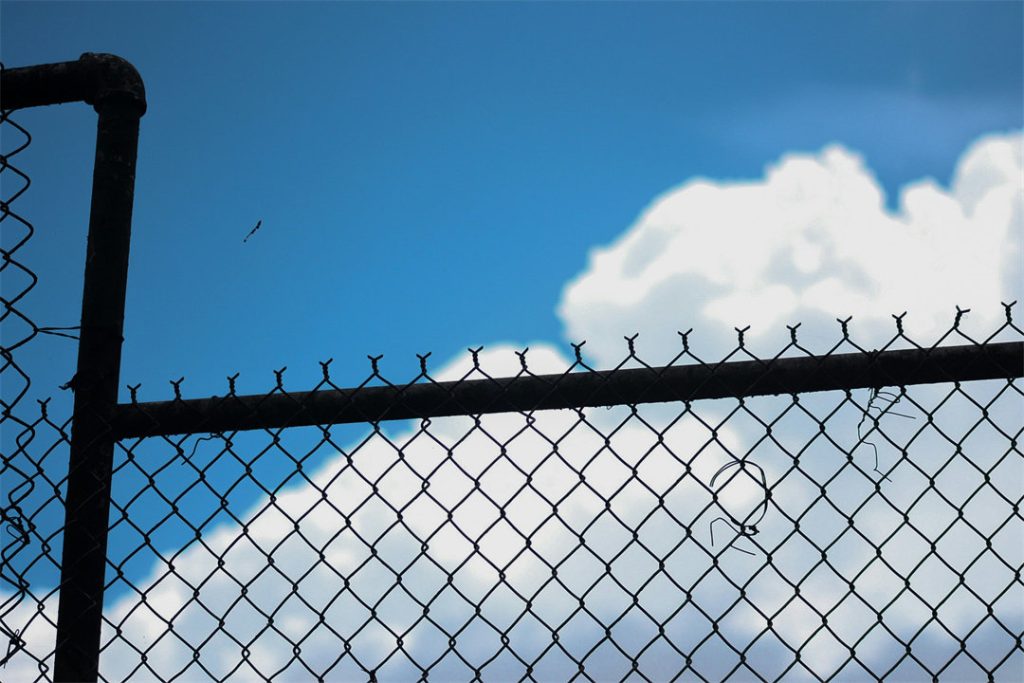
How to Build an Effective Perimeter Protection Strategy?
To build an effective perimeter protection strategy, you need to integrate various components that work cohesively to secure your property or facility. Here’s a streamlined approach:
Deterrence
The first goal is to prevent unauthorized access. Physical barriers like fences, gates, and guard posts serve as a visible warning to potential intruders that your facility is protected. Incorporating automated gates and card readers strengthens access control, further discouraging break-ins by making your property harder to penetrate.
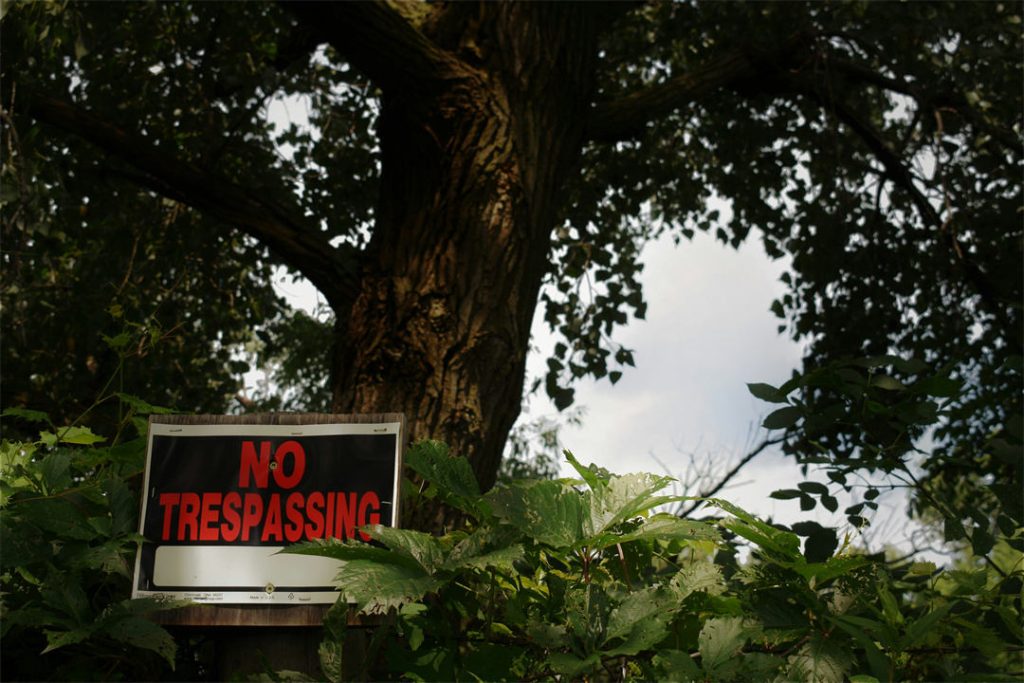
Detection
Early detection of threats is crucial. Surveillance cameras, sensors, and alarm systems monitor activity along the perimeter, identifying suspicious movements or breaches. CCTV cameras offer real-time monitoring, while perimeter sensors (like infrared or motion detectors) and alarms alert security teams to potential threats, ensuring swift action.
Assessment
Once a potential threat is detected, rapid evaluation is essential. AI-driven video analytics can highlight unusual activity, such as loitering or vehicle movements, helping security personnel focus on genuine risks. Human oversight is equally important, as security teams interpret sensor data and video footage to decide on the appropriate response.
Response
A timely, coordinated response is critical. Depending on the situation, security teams might conduct an on-site investigation or contact law enforcement. Having predefined emergency procedures like lockdowns or evacuations ensures a swift and organized reaction to any threat.
Communication
During a security event, clear communication ensures that everyone knows how to stay safe. Security teams should have reliable systems for internal coordination and notifying employees or external responders. Automated alerts can inform everyone on-site about the nature of the threat and what actions to take.
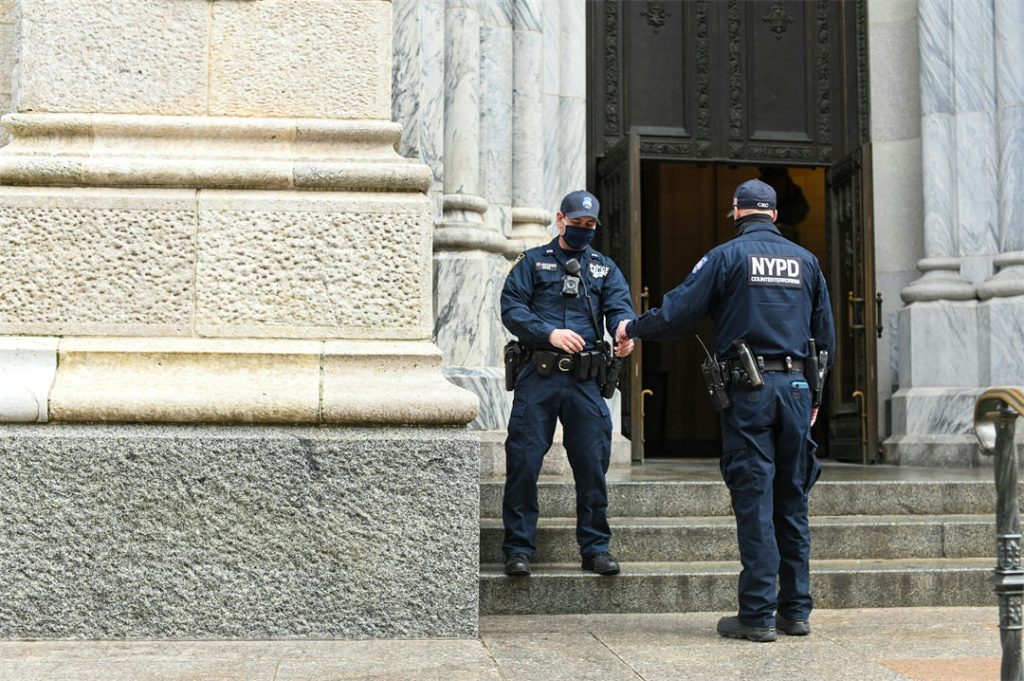
Recording
Documenting security incidents is vital for legal, investigative, and compliance purposes. Recording data from surveillance systems, access logs, and sensor alerts allows for post-incident reviews and helps in identifying areas where security measures can be improved.
Analysis
After any incident, review the data to identify weaknesses or gaps in your perimeter security. Analyzing trends in security events can reveal patterns that need addressing, whether it’s upgrading sensors in vulnerable areas or adjusting protocols to improve response times.

Perimeter Security Applications
The applications of perimeter security range from residential properties to critical infrastructure, each requiring specific solutions to meet security needs.
- Residential Properties: Homeowners use fences, cameras, and access control systems to protect their families and properties. Motion sensors and surveillance provide extra layers of security to deter intruders before they get close to the house.
- Commercial and Industrial Facilities: Businesses rely on high-security fencing, access control systems, and advanced surveillance to protect valuable assets. Perimeter intrusion detection systems (PIDS) alert security teams to breaches, while video monitoring helps deter theft or vandalism.
- Critical Infrastructure: Power plants, data centers, and other critical sites require sophisticated security, like LiDAR, radar detection, and reinforced barriers, to safeguard against both physical and sabotage threats.
- Airports and Transportation Hubs: Airports need multi-layered protection with anti-climb fencing, surveillance systems, and motion detectors. Access control systems ensure only authorized personnel can enter restricted areas.
- Educational Institutions: Schools use fencing, access control, and video surveillance to maintain a safe learning environment, preventing unauthorized access and responding swiftly to potential threats.
- Farms and Agricultural Facilities: Farm security focuses on protecting livestock and equipment across large areas using fences, drones, and perimeter sensors to monitor movement and detect intrusions.
- Government and Military Facilities: These high-security sites use PIDS, reinforced fencing, and surveillance enhanced with AI analytics to detect and deter any threat, often employing drones or robots for additional monitoring.
- Retail Stores: Retailers protect their goods with perimeter cameras, bollards, and alarms. Access control systems restrict entry to high-value inventory areas, while surveillance deters theft or vandalism.
- Healthcare Facilities: Hospitals secure their grounds with fences, cameras, and access control to protect sensitive information and expensive medical equipment.
Challenges of Securing Perimeter
Ensuring the security of a facility’s perimeter is a complex task that comes with a variety of challenges. As sites grow larger or more intricate, securing every point becomes increasingly difficult.
1. Scale and Complexity
Larger facilities with extended perimeters, such as airports, industrial plants, or military bases, require more sophisticated security solutions. The complexity of these sites, with multiple entry points, overlapping zones, and varying terrain, makes it difficult to cover every vulnerable area.
As sites grow, the need for comprehensive monitoring and layered protection increases, often stretching existing security systems to their limits.
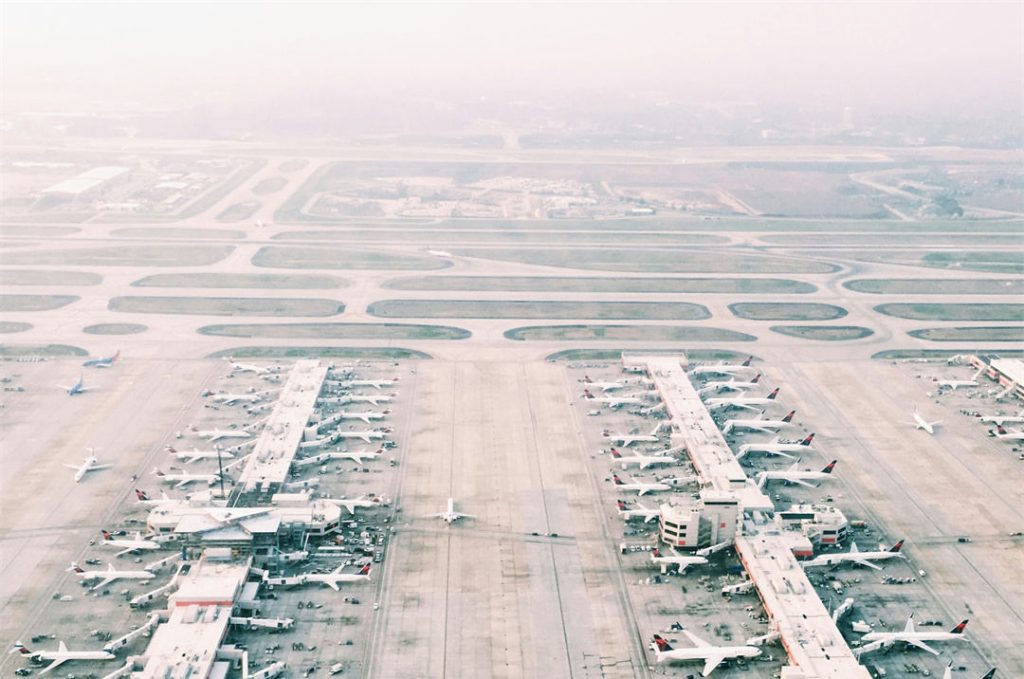
2. Resource Allocation
Effective perimeter security relies on both personnel and technology, but allocating these resources can be a challenge. Covering a large or complex site requires significant manpower, which can be costly and logistically difficult to maintain. To compensate, organizations often rely on technological solutions, such as surveillance systems, drones, and sensors.
However, these tools require regular oversight, placement, and maintenance, adding to the operational demands. Balancing the use of human resources and technology is key to ensuring adequate coverage without overburdening one or the other.
3. Limited Surveillance Coverage
Even the most advanced surveillance systems can have coverage gaps. Blind spots caused by terrain features, weather conditions, or obstacles like buildings and vegetation can create vulnerabilities. While technology helps mitigate these risks, no system is foolproof.
Sensors or cameras may miss intrusions, or false alarms can distract security personnel. Limited coverage makes it crucial for organizations to regularly assess and adjust their surveillance systems to adapt to changing site conditions.
4. Real-time Monitoring and Response
Another major challenge is ensuring timely detection and response to threats. Constant streams of data from surveillance systems, sensors, and alarms must be monitored and analyzed. When a potential threat is identified, security teams need to respond immediately to prevent breaches.
However, distinguishing between real threats and false alarms takes time, and delays in response can allow intruders to act before security intervenes. Real-time monitoring systems must be optimized for accuracy and speed, and organizations are increasingly turning to automated tools and AI to assist in this process.
5. Cost
Perimeter security can be expensive to establish and maintain. The initial investment in technology, infrastructure, and personnel is often high, and ongoing expenses like system upgrades, repairs, and staff training can strain budgets.
For smaller organizations, the cost of implementing comprehensive security measures can lead to tough choices, possibly compromising on certain areas. Finding a cost-effective solution that doesn’t sacrifice security is a common challenge, requiring smart investments in both people and technology.
How Are Drone Automation Used in Perimeter Security?
Gone are the days of static security measures with blind spots and limited coverage. Drone automation is revolutionizing perimeter security, offering a dynamic and comprehensive approach that far surpasses traditional methods.
One such standout system is the JOUAV VTOL Hangar. This fully automated solution combines the CW-15V VTOL drone, the JOS-C800 docking station, and the Jocloud management platform. With a 30-50 km operational radius and up to 180 minutes of flight time, the system can cover vast areas with precision and efficiency.
Automated Patrol with Precision
The CW-15V can be programmed for automated patrols along predefined flight paths, offering precise monitoring of key areas. With terrain-following mode, the drone adapts to variations in elevation, obstacles, and high-risk zones, ensuring thorough coverage of the perimeter. Once launched, it autonomously completes the patrol, capturing critical data before landing and recharging itself.
This regular patrolling can be scheduled based on risk assessments, allowing for flexible surveillance routines. The system also incorporates a dual obstacle avoidance system—a millimeter-wave radar and visual sensors—to enhance safety during flights.
24/7 and All-weather Monitoring
The CW-15V is built to endure harsh conditions, operating reliably in temperatures ranging from -20°C to 50°C. Its robust construction, rated IP43 for ingress protection, and the IP54-rated JOS-C800 docking station, ensure uninterrupted performance even in challenging environments.
Equipped with a dual-light gimbal camera, the CW-15V combines a 30x zoom visible light camera with a 640x512 infrared thermal camera. This powerful combination enables effective monitoring in low-light conditions.
AI-Driven Detection and Alerts
The integration of AI technology takes surveillance further by identifying and tracking potential threats autonomously. The CW-15V’s cameras can recognize and follow individuals or vehicles, analyzing behavior to detect risks. If an anomaly is detected, the system generates automatic alerts through Jocloud, allowing security personnel to respond swiftly to potential breaches, minimizing risks before they escalate.
Flexible Configurations for Different Needs
The CW-15V is designed to adapt to various security requirements. It features dual payload bays that can carry two sensors, such as gimbal cameras and LiDAR systems. This flexibility allows the drone to perform multiple tasks in a single mission, such as generating 3D point clouds and streaming real-time video simultaneously. Its open architecture also supports third-party integrations, making it ideal for tailored perimeter security applications.
Seamless Integration with Existing Systems
This autonomous drone system is designed for integration with other security measures. Its open SDK allows it to connect seamlessly with existing CCTV networks, access control systems, and alarm systems, creating a unified and cohesive security strategy. The Jocloud platform further enhances this by supporting a variety of video transmission standards, ensuring compatibility with external platforms for streamlined data management.



